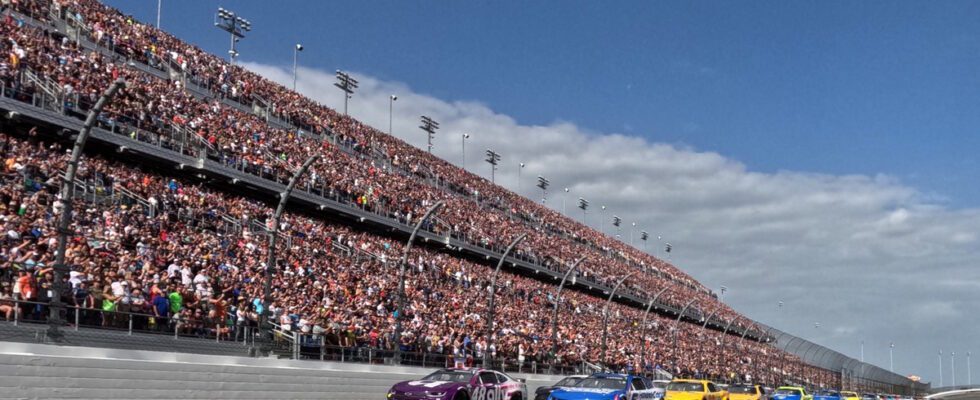Offering connectivity to spectators of sporting or cultural events in stadiums or on racing circuits is a real headache. On the one hand, these infrastructures are empty most of the time, and on the other hand they are crowded, but for a very short time.
Therefore, investing heavily in 4G or 5G antennas is very expensive, because these antennas are used for a very short time. Wifi is then an alternative technology. In the United States, 5 motor circuits that host Nascar competitions have chosen to improve the experience of 125,000 motor racing fans with this high capacity Wi-Fi.
A major challenge, since the practices of spectators have evolved. Now, in addition to social media, fans are using their mobile devices to access real-time video and audio feeds from the race through the drivers’ on-board devices. And this live video traffic creates significant pressure on the network, at the risk of congestion.
Cover a 4 km circuit
The realization of the project was arduous because the American automobile circuits are among the largest sporting sites in terms of reception capacity. For example, the Daytona circuit, a circuit of more than 4 km, required nearly 2,100 Wi-Fi access points to be covered.
“These five circuits now have a network that can support the addition of more services for the public, such as the delivery of snacks directly to their seat,” said John Martin, VP of Media & Event Technology, NASCAR.
But above all, with this volume of infrastructure, network management becomes crucial. The vendor, Extreme Networks, says its ExtremeAnalytics and ExtremeCloud IQ management bricks provide visibility into network activity and performance. What help site managers to make decisions based on data to improve operational efficiency, and this beyond the management of the network as such.
For example, the identification of bottlenecks in pedestrian traffic on the circuit can be carried out by analyzing the traffic on the WiFi network.
Beyond access to Wi-Fi for the public, the implementation of Wi-Fi 6 should make it possible to improve mobile payments, online ticketing and contactless point-of-sale systems.
